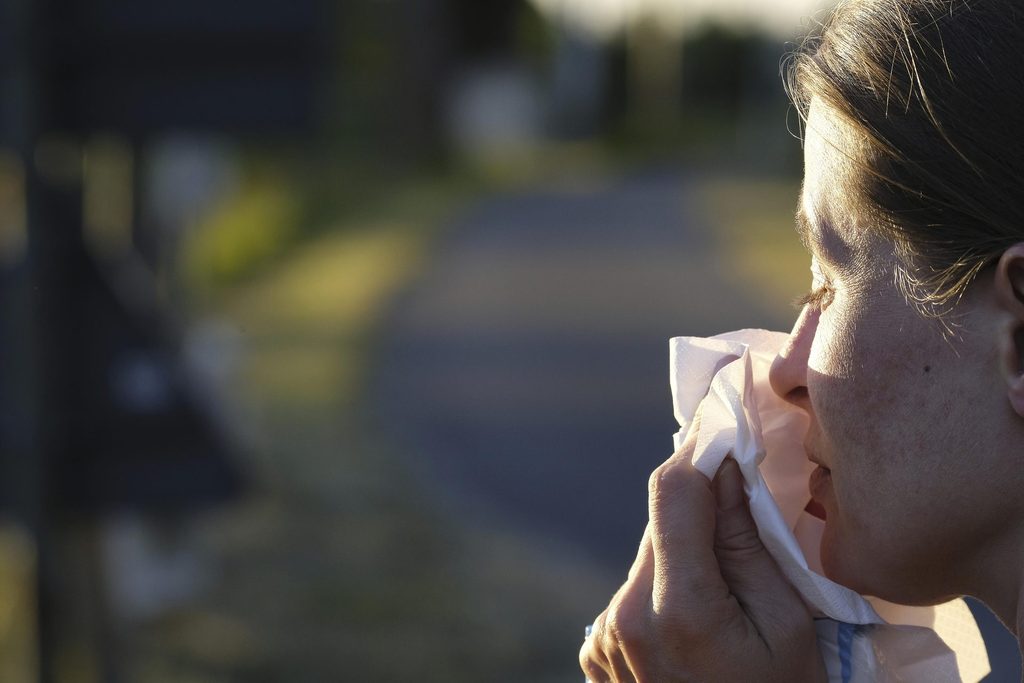Grasslands fertilised with nitrogen produce up to six times more pollen than those that are not, leading to greater impacts on hay fever sufferers.
The new research was published by KU Leuven, the University of Antwerp, and Sciensano.
Researchers investigated whether nitrogen pollution, from sources such as traffic and agriculture, exacerbates the severity of pollen allergies or hay fever. They collected pollen samples from grasslands across Belgium, both with and without nitrogen fertilisation, comparing a total of fifty grasslands.
The pollen samples were then tested on twenty adult hay fever patients. The researchers examined how strongly the patients’ immune cells reacted to the pollen and measured the antibody levels in their blood.
This allowed them to determine which pollen samples were the most allergenic, independent of other factors.
"Our findings were striking," said researcher Paulien Verscheure from KU Leuven. "Grasslands fertilised with nitrogen not only produced six times more pollen, but this pollen also triggered stronger immune reactions in hay fever patients."
While it is known that nitrogen negatively impacts biodiversity, this study is the first to highlight its potential direct impact on public health.
"The study reveals a previously unknown aspect of nitrogen pollution and shows new, negative consequences of nitrogen enrichment," stated Professor Tobias Ceulemans from the University of Antwerp and KU Leuven.

